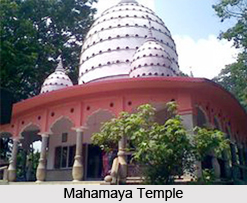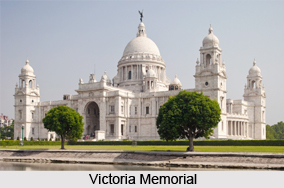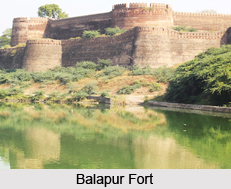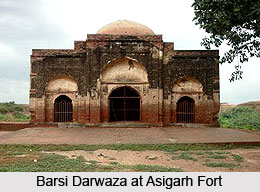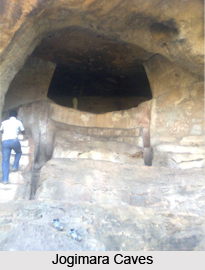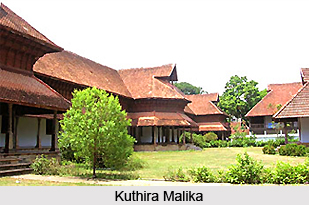 Kuthira Malika is a palace in Thiruvananthapuram built by Swathi Thirunal Rama Varma. It is located on the southeastern side of the Padmanabhaswamy temple. The Palace was constructed in 1840, and is named Kuthira Malika or the Mansion of Horses, because there are one hundred and eight horses that are carved in the wooden wall brackets, which supports the southern roof.
Kuthira Malika is a palace in Thiruvananthapuram built by Swathi Thirunal Rama Varma. It is located on the southeastern side of the Padmanabhaswamy temple. The Palace was constructed in 1840, and is named Kuthira Malika or the Mansion of Horses, because there are one hundred and eight horses that are carved in the wooden wall brackets, which supports the southern roof.
The leaning roofs, suspended eaves, pillared verandahs and closed courtyards. The wooden ceilings are adorned with complex carvings and each room has a distinctive pattern. Kuthira Malika is also referred to Putthen Malika, the New Mansion that forms a part of the royal buildings near the Padmanabhaswamy Temple. A part of the Putthen Malika has been converted to a Palace Museum that consists of some of the assets, which are owned by the Travancore Royal Family. The various items include, Kathakali mannequins, crystal chandeliers, paintings, armaments, musical instruments, Belgium mirrors and other artifacts. The courtyard of the Kuthira Malika hosts the Swati Thirunal Music Festival, which is held in January every year.
